#ancient turkey
Text
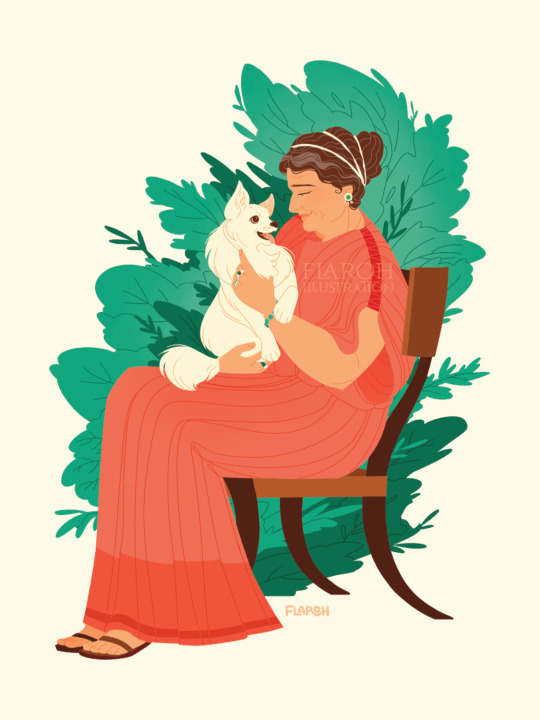
"This is the tomb of the dog, Stephanos, who perished. Whom Rhodope shed tears for and buried like a human.
I am the dog Stephanos, and Rhodope set up a tomb for me"
This piece is a tribute to two members of the ancient world, who lived in the Greek city of Termessos in modern day Turkey. We know about them today as Stephanos, a dog, had a tomb dedicated to him by his owner, Rhodope, who was also laid to rest nearby. As far as I can research, we don't know the exact details of when they lived, or much about their lives, except that Rhodope wanted us to know how much Stephanos meant to her.
His tomb was found near Rhodope’s own inscribed sarcophagus, which states that she set up the tomb completely and exclusively for herself. This suggests she was a single, independent wealthy woman.
Stephanos' remains are lost to time, but based on the size, and his role as a lady's companion dog, it is likely he was a melitan breed. This breed was a small, spitz-type dog that was incredibly popular in antiquity.
#tagamemnon#rhodope and stephanos#ancient greece#classical studies#greek archaeology#ancient turkey#flaroh illustration
2K notes
·
View notes
Text
Nice that for once it isn't an economic document. Not so nice that it's about a catastrophe.
62 notes
·
View notes
Text

A well-preserved mosaic from the temple of Apollo
This mosaic is the original from the temple of Apollo at the Ancient Letoon, a religious Anatolian complex devoted to Leto and Her children - patron Gods of Lycia. Letoon is considered to have been around before the Hellenic influence in the region, though over time it has become a place of mixing of many cultures and eras.
The mosaic, for example, dates back to around 400 BCE when the temple to Apollo within the Letoon complex was built by King Erbinna, a Lycian ruler. The solar symbol in the middle is believed to symbolize Lycia, the land of the Sun. The quiver of arrows and the lyre are for Apollo as well.
Currently, the original is at the museum in Fethiye, Turkey. The mosaic presented at the site is a modern replica created after the original was removed.
Photo source: 🏺
#ANTIGÜEDADES 💎#ancient art#ancient anatolia#ancient lycia#ancient turkey#letoon#mosaic#apollo#greek mythology#greek gods#anatolian gods
33 notes
·
View notes
Text

Mosaic with Personification of the River Tigris, late 100-200
Roman culture, excavated at Antioch, Southern Turkey
75 notes
·
View notes
Photo
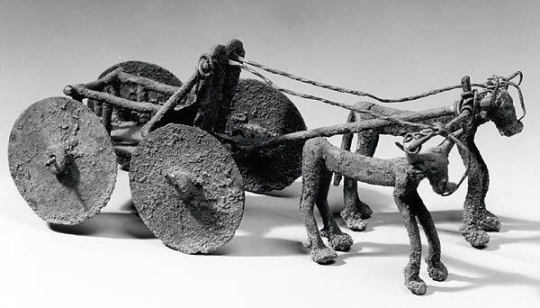
Wagon pulled by bulls, 2700BC-2000BC, Anatolia.
46 notes
·
View notes
Text
The Ottoman Empire in the Americas
The Ottoman Empire in the Americas
“The Ottoman Empire in the Americas,” is a necessary post to establish the Moroccan presence in the Americas since the Ottoman Empire ruled Morocco. In fact, the Ottoman Empire was one of the mightiest and longest-lasting dynasties in world history. This Islamic-run superpower ruled large areas of the Middle East, Eastern Europe, and North Africa for more than 600 years.
The Ottoman Empire also…
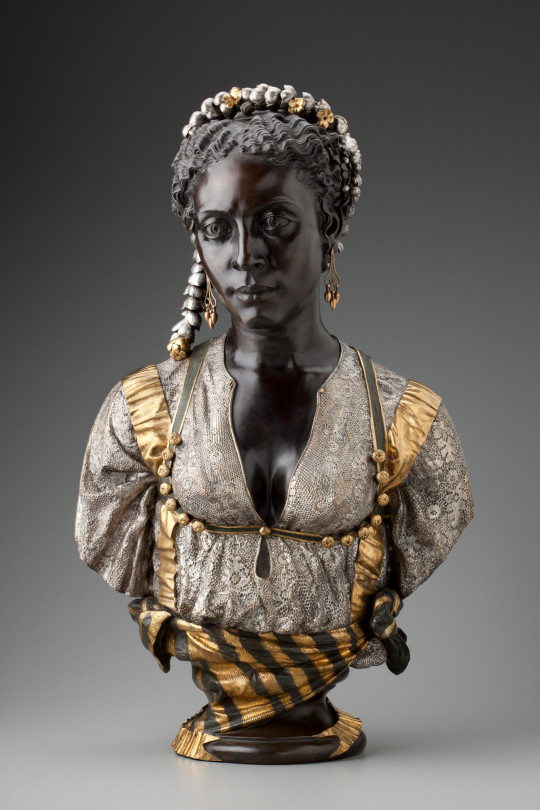
View On WordPress
#Algeria#Algiers#Ancient Arabia#Ancient Turkey#Baghdad#Black History#Blackamoors#Carthage#Casablanca#Cherokee Indians#Granada land#Greater Morocco#History of Carolina#History of Islam#Iraq#Kingdom of Saudi Arabia#Moors#Muurs#New Orleans#Origins of Islam#Phoenicia#Phoenicians#Pomegranates#Sumter Turks#the land of Milk and Honey#The Orient#The Ottoman Turks#Tunis#Turks of South Carolina#Washitaw Mu&039;urs
16 notes
·
View notes
Text
Changing time and place with a single step
Changing time and place with a single step
When you step under and then through the Babylonian Ishtar Gate in the Pergamon Museum, you step under and out of the market gate of Miletus in Turkey. The gate was constructed in the second century of the Common Era, most likely under the reign of Emperor Hadrian (famous for his across Great Britain). The gate suffered earthquake damage on at least two occasions when in its original location.…
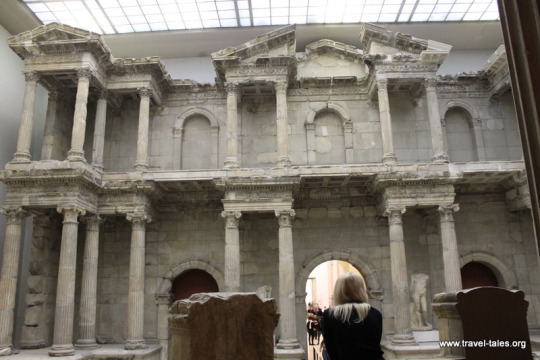
View On WordPress
5 notes
·
View notes
Text
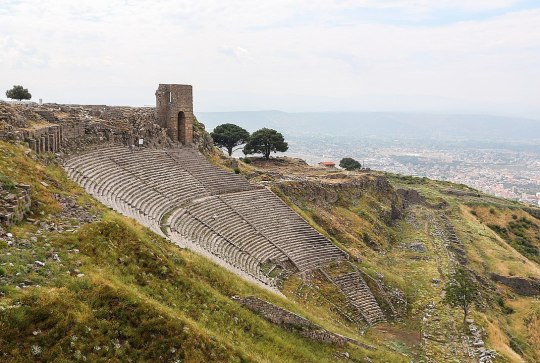
The Hellenistic Theater of Pergamon, Bergama, Turkey.
2K notes
·
View notes
Text
The site at Sayburç was inhabited during the Neolithic in the 9th millennium BC, a period when people shifted from a mobile hunter-gatherer lifestyle to farming and living in long-term settlements.
Depictions of people interacting. These picture of the stories that formed the ideology of the people of that period.”
1 note
·
View note
Photo
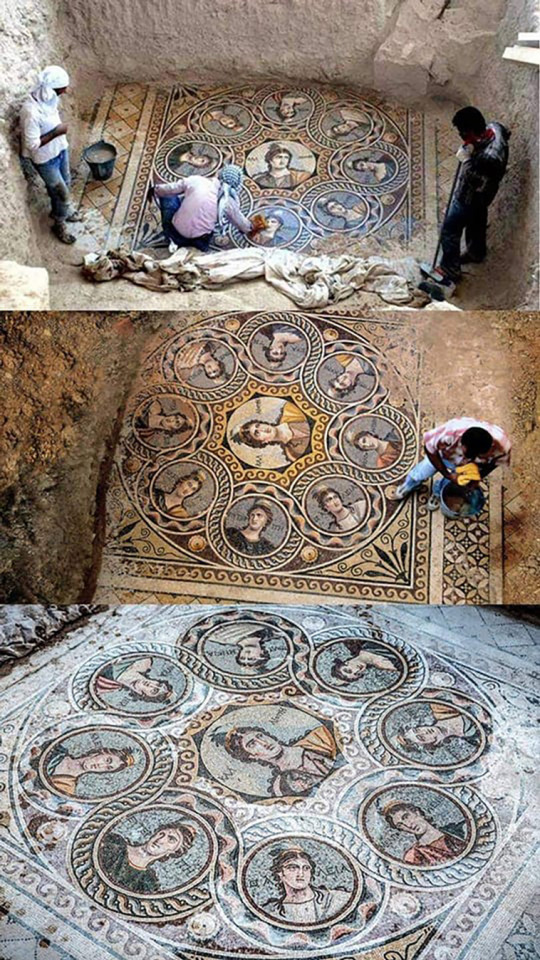
The nine muses of Ancient Greece discovered in the ancient Greek city of Zeugma, now in modern-day Turkey. The mosaics have been almost perfectly preserved for over 2,000 years
4K notes
·
View notes
Text



Basilica Cistern, Istanbul, Türkiye. It was built in the year 532, during the reign of the Byzantine emperor Justinian I.
814 notes
·
View notes
Text
person looking at any global or historical phenomanon: surely i can analyze this strictly through the united states' racial structures, right? right?
#mine*#b4 ppl call me slurs over this - i made this w both greece/turkey and the literal ancient roman empire in mind#also now that i think abt it thats how americans view antisemitism
160 notes
·
View notes
Text
https://www.archaeology.org/slideshow/12150-turkey-stone-mounds-neolithic-sites

Visions of a New Neolithic World
What was going on in Neolithic Turkey?!? These sites absolutely mesmerise me. So many questions.
55 notes
·
View notes
Text

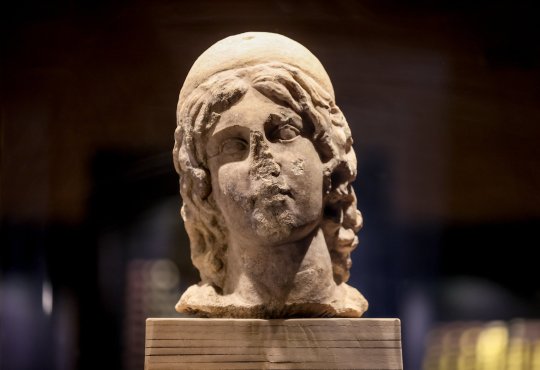

Apollo statuette and bust found in Ancient Claros, Anatolia, on display in Turkey's Izmir
Claros, alongside Didyma and some other Anatolian cities, was a prominent point of Apollonian worship and oracular work. The city's oracular Apollo had distinct and direct connection to springs, rivers, and caves.
The bust is approximately 2,000 years old, the terracotta statuette - 2,500 years old, and the basalt seal is around 2,800 years old.
The findings were on display at Izmir Archaeological Museum, Izmir, western Turkey, in 2022
Photo source: 🏺
21 notes
·
View notes
Text


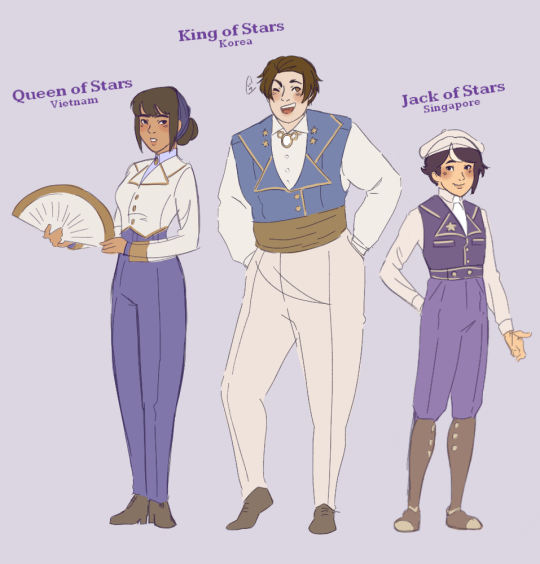
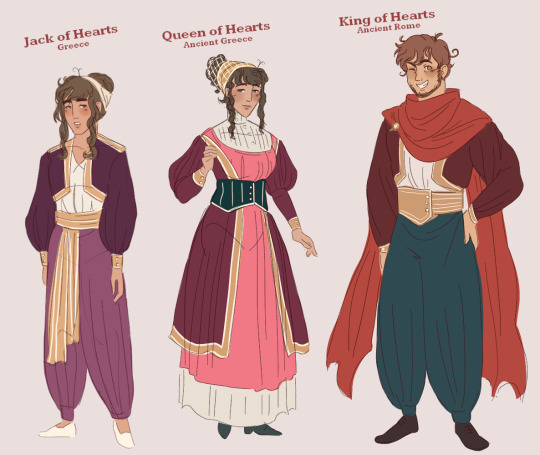

A cardverse AU I've done sketches for quite a while ago~ Mainly focused on each royal family!
#hetalia#hetalia cardverse#hws ancient egypt#hws egypt#hws turkey#hws china#hws india#hws taiwan#hws vietnam#hws south korea#hws singapore#hws greece#hws ancient greece#hws rome#hws germany#hws germania
181 notes
·
View notes
Photo
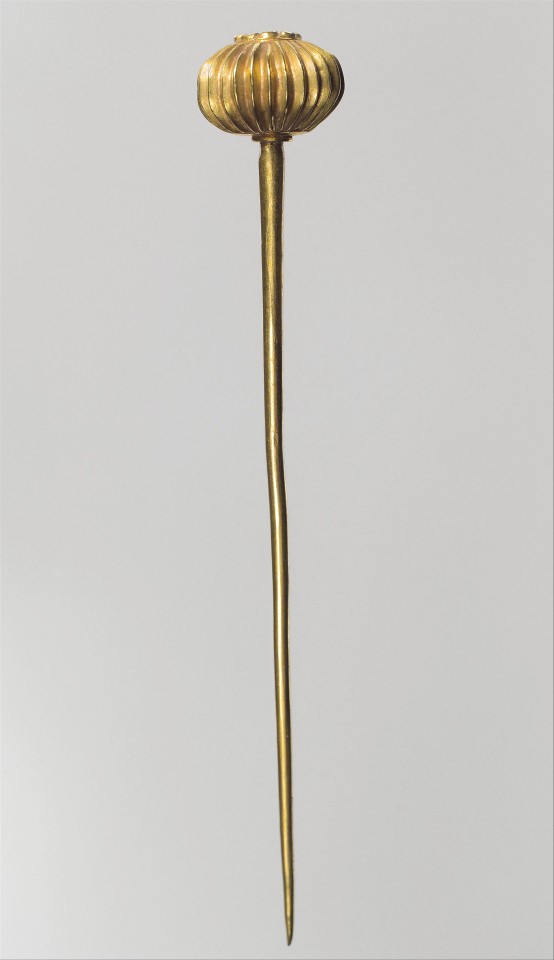
Hittite pin, 14th century BC-13th century BC, Central Anatolia.
19 notes
·
View notes